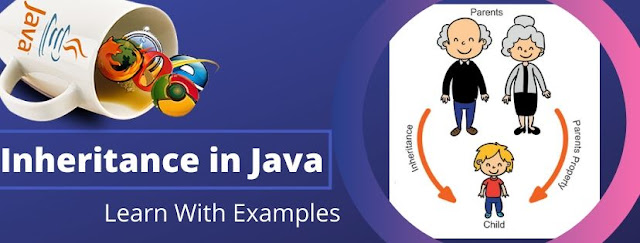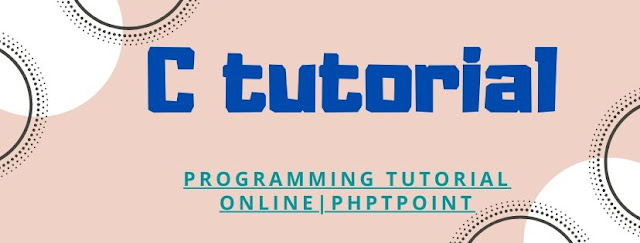C Tutorial for Beginners
C is an incredible framework programming language. Learn C with our famous C Tutorial, which will take you from the very Basic of C to advanced points like parallel trees and information structures. This instructional exercise is intended to be an independent Introduction to C, even if you've never programmed before.
Each full C program starts inside a function called "main". A function is just a collection of rules and commands that perform some action. The main function is always considered when the program initially executes. From the main, we can call different functions, regardless of whether they are composed by us or by others or utilize worked in language highlights. To get to the standard function that accompanies your compiler, you have to incorporate a header with the #include order. What this does is adequately take everything in the header and glue it into your program. We should take a gander at a working system:
#include <stdio.h>
int main()
{
printf( "I am alive! Beware.\n" );
getchar();
return 0;
}
}
We should take a gander at the components of the program. The #include is a "preprocessor" order that advises the compiler to put code from the header called stdio.h into our program before really making the executable. By including header records, you can access a wide range of functions- both the printf and getchar functions are remembered for stdio.h.
The following significant line is int main(). This line tells the compiler that there is a capacity named main and that the capacity restores a whole number, thus int. The "wavy supports" ({ and }) signal the start and end of functions and other code squares. On the off chance that you have modified in Pascal, you will realize them as BEGIN and END. Regardless of whether you haven't modified in Pascal, this is a decent method to consider their significance.
The printf work is the standard C programming language method for showing yield on the screen. The statements advise the compiler that you need to yield the strict string with no guarantees (nearly). The '\n' grouping is really treated as a solitary character that represents a newline (we'll talk about this later in more detail); for now, simply recall that there are a couple of successions that, when they show up in a string strict, are really not shown truly by printf and that '\n' is one of them. The real impact of '\n' is to move the cursor on your screen to the following line. Notice the semicolon: it tells the compiler that you're toward the finish of an order, for example, a capacity call. You will see that the semicolon is utilized to end numerous lines in C.
The following order is getchar(). This is another capacity call: it peruses in a solitary character and trusts that the client will hit enter before perusing the character. This line is incorporated on the grounds that numerous compiler situations will open another comfort window, run the program, and afterward close the window before you can see the yield. This order shields that window from shutting on the grounds that the program isn't done at this point since it sits tight for you to hit enter. Counting that line gives you an opportunity to see the program run.
At long last, toward the finish of the program, we return an incentive from main to the working framework by utilizing the arrival articulation. This arrival esteem is significant as it very well may be utilized to tell the working framework whether our program succeeded or not. An arrival estimation of 0 methods achievement.
The last support shuts off the capacity. You should take a stab at ordering this program and running it. You can reorder the code into a record, spare it as a .c document, and afterward arrange it. In the event that you are utilizing an order line compiler, for example, Borland C++ 5.5, you should peruse the compiler directions for data on the best way to gather. In any case, gathering and running ought to be as basic as clicking a catch with your mouse (maybe the "construct" or "run" button).
You may begin messing with the printf work and become acclimated to composing straightforward C programs.
Read More...
Also, Visit Here SEO Website Audit



Comments
Post a Comment